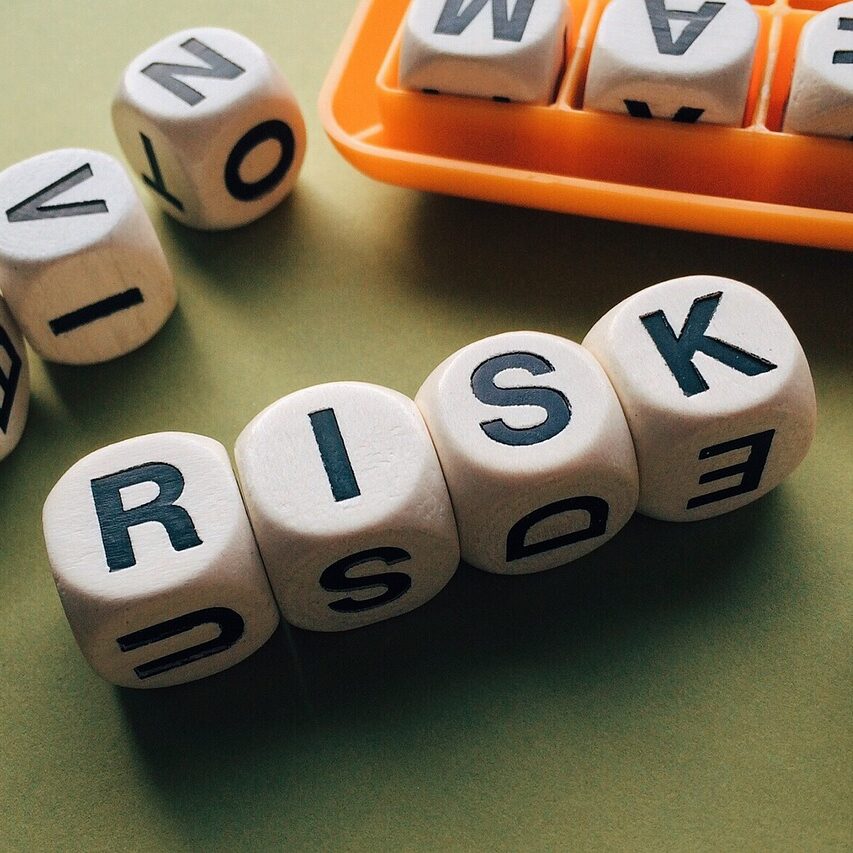The importance of being able to stop. The SHOW STOP
Would you use a car or bike if you knew the breaks did not work or there were not breaks fitted? When it comes to events why would you not want to be able to stop the show. Out with the fire alarm going off, many do not consider this, especially when it comes to concerts.
The recent tragedy at the Astroworld Festival has highlighted the importance of being able to stop a performance in a safe manner. We do not believe that stopping a show will result in a riot. This is proven to only happen when the audience is not communicated to.
Communication with a crowd is the key to a management of any show stop, but so is the communication between the safety team, management, and artist. From the smallest gig to the largest festival, the process is basically the same, it just becomes more regimented – WHO can stop the show? WHY are you stopping the show? Who is communicating with the audience?
In a small venue, this could be the Artist, any security or the venue management.
As the show gets bigger you may have crowd spotters that are added to the mix looking specifically for issues in the crowd.
No matter who is involved, the process is the same – a process for stopping the artist, a process to communicate with the audience and a process for resolving the incident. This is followed with the process of how to restart the show and if the show can continue.
Performing a show stop is never done for the sake of stopping the performance to spoil the entertainment of the audience. It is for safety reason and a delay or not conducting the stop can result in loss of life.
Below we have included some examples of shows being stopped and the formal process promoters put in place in the United Kingdom.
HSE - Health and Safety Executive
Show stop
Effective response to an emergency can sometimes mean a rapid and controlled halt to a performance to prevent further risk to the audience or to initiate an evacuation.
This sort of ‘show stop’ involves:
- identifying the key people involved, particularly those who can:
- initiate a show-stop procedure
- communicate with the performer or participants
- communicate with the audience
- deciding how these key people will initiate a show-stop procedure
- having pre-agreed wording for public announcements (consider your lines of communication, eg radios, PA systems)
- briefing the management of performers or participants in advance about the show-stop procedure





